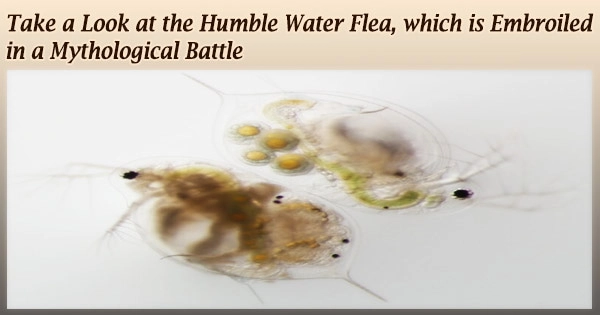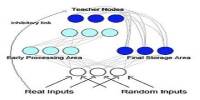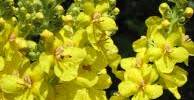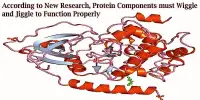Hydra was a gigantic water serpent who resided in a marsh and terrified the locals in Greek mythology. When Hercules cut off one of Hydra’s many heads, two others arose in its place.
A hydra effect is a surprising phenomenon that occurs when a solution to a problem actually increases the problem. According to scientists, ecological systems demonstrate a hydra effect, in which a higher death rate in a species leads to an increase in population size.
In other words, what does kill you makes you … more abundant.
Rachel Penczykowski, an assistant professor of biology in the Arts & Sciences department at Washington University in St. Louis, has published a new study that analyzes why and in what types of systems the hydra effect can arise. The research comprises laboratory components as well as an examination of 13 natural fungal epidemics.
“Disease epidemics can drive declines in host populations, trigger conservation crises for wildlife, and sometimes even drive hosts extinct,” Penczykowski said. “Typically we predict that parasites that increase host mortality rate should decrease host density. But this is not always the case.”
The common water flea is the subject of Penczykowski’s study, which was published in the journal American Naturalist. These tiny crustaceans with antler-like antennae and rounder bellies scurry through North America’s freshwater lakes. But there’s more to the story than these cute algae eaters.
Food web interrupted
Water fleas are filter feeders that play a key role in local food webs.
“If you want a nice, clear lake, you want a lot of these zooplankton swimming around gobbling up all the algae,” Penczykowski said.
There is a balance between the mortality imposed by the parasite and the impact on the feeding rate. If the parasite is too virulent and poses too high of a death rate, you would be less likely to see this hydra effect. But also if there’s no increased death rate, you don’t expect it.
Rachel Penczykowski
Water fleas are about 1-5 mm in length. They grow larger as they consume, eventually becoming food for midge larvae and larval fish.
Water fleas, on the other hand, find themselves into a lot of difficulty because of their gobbling mouth. Water fleas consume spores of a fungal parasite while gliding across the water devouring small floating plants.
The parasite quickly establishes an illness that appears even more spectacular since the fungal spores travel easily through the water flea’s see-through body. The virus eventually kills the water flea in a number of days.
“You see these little needle-shaped things accumulating,” Penczykowski said. “Then it starts to grow in their head and everywhere.” Heavily infected water fleas become more sluggish.
Penczykowski and her colleagues conducted feeding trials in the new study and discovered that water fleas consume much less once infected, even in the early stages of infection.
Cue the hydra: Here is the opportunity for other water fleas to step up.
Water fleas are key algal “grazers,” and their presence might mean the difference between a mucky marsh and a really lovely swimming spot. However, once some people in a lake become infected and cease foraging, there is more algae available for uninfected water fleas to devour.
Key conditions
This is one of the key criteria for the hydra effect, according to Penczykowski. The parasite must find a host, in this case, water fleas, who would otherwise eat up all of the available food.
The hydra effect can arise in a variety of settings, according to a new study that employs consumer-resource theory to explain why and how. (The hydra effect cannot be used to describe the spread of coronavirus or effects in human systems, Penczykowski noted.)
In addition to the lab feeding trials, Penczykowski and her colleagues looked into 13 natural fungal epidemics. All of their samples were from freshwater lakes in the Midwest of the United States.
The researchers counted infected and uninfected water fleas to determine how much algae was available for the fleas to consume. The model they constructed in the lab accurately predicted the outcomes they observed in the field.
“We found evidence for a foraging-mediated hydra effect: large outbreaks depressed foraging rate and correlated with increased densities of both algal resources and Daphnia hosts,” Penczykowski said.
“There is a balance between the mortality imposed by the parasite and the impact on the feeding rate,” she said. “If the parasite is too virulent and poses too high of a death rate, you would be less likely to see this hydra effect. But also if there’s no increased death rate, you don’t expect it.”
















